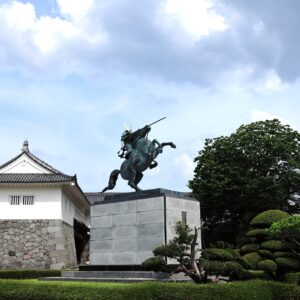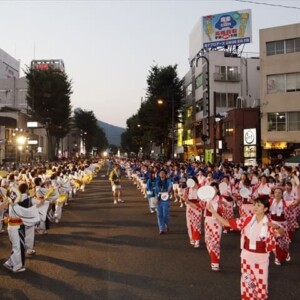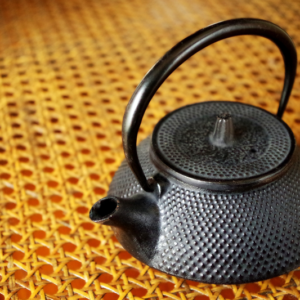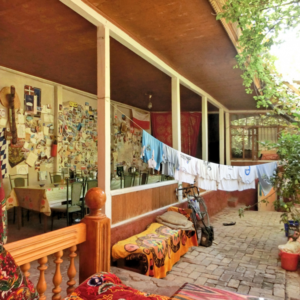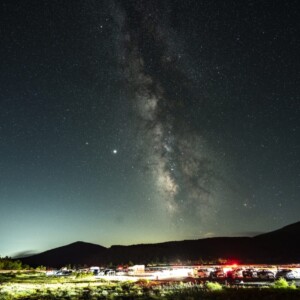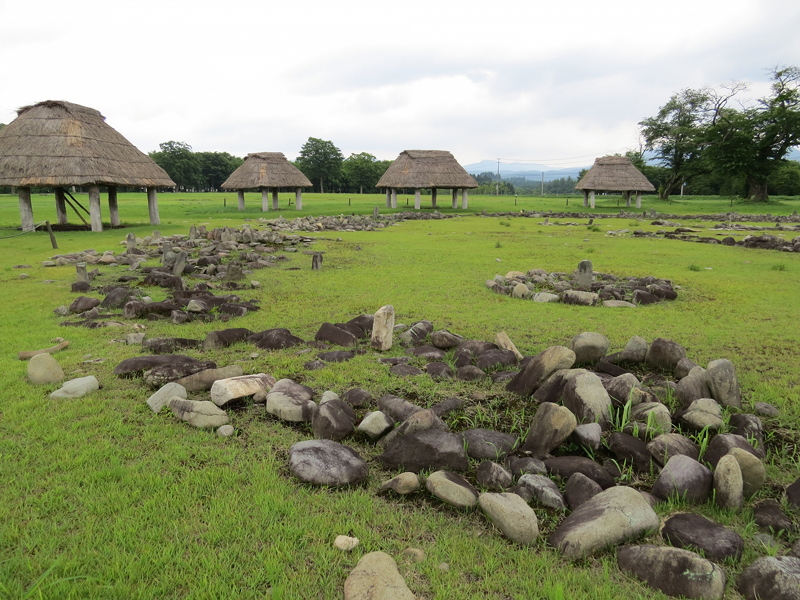
Oyu ring stones are stone circles from the Jomon period of Japan! ? [Akita Prefecture]
table of contents
Although it is not well known, stone circles also exist in Japan.
The Oyu Stone Circles located in Towada Oyu, Kazuno City, Akita Prefecture , are considered to be one of the largest stone circles in Japan, built in the late Jomon period, and similar ruins include Stonehenge in England.
Isn't it exciting to think that there are wonderful stone circles created by the people of the Jomon period in Japan? It is also a ruin that has recently been featured more and more as a power spot.
What is the Oyu stone circle?
The Oyu Stone Circle is a stone-laying ruin that consists mainly of two stone circles the Nonakado Stone Circle and the Manza Stone Circle .
It was designated as a national special historic site it was registered as UNESCO World Heritage Site (cultural heritage) as one of the "Jomon Ruins in Hokkaido and Northern Tohoku." an important ruin from the late Jomon period, about 4000 years ago .
It has a structure in which stones are arranged in double concentric circles, with the Nonakado stone circle measuring 44 meters in diameter and the Manza stone circle measuring 52 meters in diameter, making it one of the largest in Japan .
The stone rings are made of quartz diorite brought from the Yasukutani River, about 7 kilometers east of the ruins, and each stone weighs about 30 kg on average. It is said that stones weighing up to 200 kg are used. It is believed that many generations were involved in its completion.
In the middle of the double circle, on the northwest side when viewed from the center of the circle, there is a structure called the sundial-shaped stone
As its name suggests, it is thought to have been a sundial The center of the two stone rings and the sundial stone are aligned in a straight line, pointing in the direction of sunset on the summer solstice.
In ancient times, standing stones themselves were believed to be objects of worship or symbols of gods, and there are many traces of megalithic (rock) worship remaining in Tohoku, and this ruin is one of them. It is said that one.
Sacred place of the Jomon people
The ruins were discovered in 1931.
Full-scale academic research began in 1951, and as a result of excavations to date, the ruins are believed to have been a place of ritual a mass grave The idea is that the rows of stones were tombstones. However, no human bones or grave goods have been excavated from this site. It is speculated that this site was discovered because a jar coffin and burial goods were excavated from the Ippongi Goro site, which has a similar structure and
Late Jomon mass graves resembling stone circles have also been confirmed in Hokkaido and other areas. It is a ruin with a stone erected in the center and surrounded by a bank or pillars, and is thought to be evidence that stone circle worship was widespread during the Jomon period.
Remains of buildings and pillars have been found around the stone rings, and pottery, stone tools, and clay figurines have also been unearthed. Since many tools that appear to be related to rituals were also excavated, it is believed that this place was an important ritual site. Considering its size, it is safe to say that it is a truly sacred place, created over several generations by the residents of the nearby village.
stone circles and pyramids
The Oyu stone circles have secretly gained popularity as a power spot in recent years, and there are even rumors that they are haunted by giant shamans and the spirits of the dead. Nearby Mt. Kuromata , a beautiful triangular mountain that has been worshiped as a divine mountain since ancient times, and some people say that the line connecting the stone circle and the mountain is a place where the energy of the earth flows. If you go to Oyu, it is said that after visiting the stone circles, you should visit the shrine at the top of Mt. Kuromata.
There is also a rumor that Mt. Kuromata an artificially created pyramid In fact, large-scale surveys were conducted in the past, and the results confirmed that the mountain itself was a naturally formed structure, but the remains of terrace-like structures covered with gravel have also been discovered. Masu. In other words, is evidence that people added decorations to the original mountain
In addition, the same stones used in the Oyu stone circle are used at Hongu Shrine at the summit of the mountain, strongly suggesting a relationship between this mountain and the stone circle. This mountain can be seen from the Oyu stone circle, and its pyramid-like silhouette can be seen.

By the way, there are always rumors about ancient stone circles and pyramids, but there are also rumors that these ruins are related to a super ancient civilization and the existence of aliens. There are also reports that UFOs are often sighted in the area.
If you are interested, visit Oyu Stone Circle Museum
The Oyu stone circles have been maintained and are open to the public, and can be viewed for free.
Right next door is the Oyu Stone Circle Museum, which displays pottery and clay figurines found during excavations, as well as an event venue and rest space.
It seems that you can make a reservation and have a historical site volunteer guide (free of charge) take you around, so it's well worth visiting as a historical ruin or a power spot when sightseeing at Lake Towada or Oyu Onsen. It's a spot.
Oyu Stone Circle Hall<Information>
- Name: Oyu Stone Circle Hall
- Address: 45 Manza, Towada Oyu, Kazuno City, Akita Prefecture 018-5421
- Phone number: 0186-37-3822
- Official URL: Official website for Jomon ruins in Hokkaido and northern Tohoku – Oyu stone circles




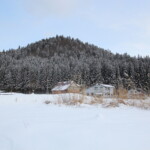
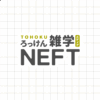
![Hot springs gush out in a place where there are no volcanoes! "Yuzawa Geopark" where you can see the mystery of the earth up close [Akita Prefecture] 4550228_m](https://jp.neft.asia/wp-content/uploads/2023/02/4550228_m-150x150.jpg)
![The popular game "Matagi" started in Kitaakita City! [Akita Prefecture] matagi](https://jp.neft.asia/wp-content/uploads/2024/04/matagi-150x150.jpg)
![Yurihonjo City, where Honjo, Kameda and Yajima domains were intersected between the Kubota and Shonai domains [Akita Prefecture] FF2C8AAA4350E7E179F97F97B38B3A2302F-1](https://jp.neft.asia/wp-content/uploads/2024/04/ff2c8aaa4350e7e179f97f38b3a2302f-1-150x150.jpg)
![Why do Nama balds take knives to tempt people - Oga Peninsula and the Legend of the Demon (1) [Akita Prefecture] New Year's Eve Event 001 @OGA City](https://jp.neft.asia/wp-content/uploads/2024/10/00bf8a32651033edd1191ba2d04c6f61-150x150.jpg)
![Akita Cedar, which has been close to people's lives since ancient times, is a close look at the reasons and secrets [Akita Prefecture] Ninfu Mizusawa Cedar Rare Population Protection Forest (Noshiro City, Akita Prefecture)_Travel Tohoku](https://jp.neft.asia/wp-content/uploads/2025/05/792bcbe7d9fd514753f4deeaca3de33f-150x150.jpg)
![The submerged forests of Lake Akiogi can only be seen from May to June! A mysterious sight with trees floating in the lake [Akita Prefecture] Submerged forest of Lake Akifan](https://jp.neft.asia/wp-content/uploads/2023/07/IMG_5033-150x150.jpg)
![[Chokaisan and Tobishima Geopark: Yurihonjo Edition] A strata from when Japan was the Eurasian continent can be seen B5C46A18BC0CC0CC0E9AD08084EAA5B](https://jp.neft.asia/wp-content/uploads/2024/04/b5c46a18bc0cc79de0e9ad08084eaa5b-150x150.jpg)
![Is Nama bald real? Traces of demons remaining throughout the Oga Peninsula - Oga Peninsula and the Legend of Demons (2) [Akita Prefecture] 1. Namahage Shiba Lighting Festival](https://jp.neft.asia/wp-content/uploads/2024/09/1076350e647a6476081bad8cd4fd6159-150x150.jpg)
